Type of data
Companies may send questionnaires to each relevant supplier or other value chain partner requesting the following items:
- Product life cycle GHG emissions data following the GHG Protocol Product Standard
- Scope 1 and scope 2 emissions data for the reporting year following the GHG Protocol Corporate Standard
- The supplier’s upstream scope 3 emissions and/or the types of activities that occur upstream of the supplier
- A description of the methodologies used to quantify emissions and a description of the data sources used (including emission factors and GWP values)
- The method(s) the supplier used to allocate emissions, or information the reporting company would need to allocate emissions
- Whether the data has been assured/verified, and if so, the type of assurance achieved
- Any other relevant information
Primary Data (supplier-specific data)
Advantages
- Provides better representation of the company’s specific value chain activities
- Enables performance tracking and benchmarking of individual value chain partners by allowing companies to track operational changes from actions taken to reduce emissions at individual facilities/companies and to distinguish between suppliers in the same sector based on GHG performance
- Expands GHG awareness, transparency, and management throughout the value chain to the companies that have direct control over emissions
- Allows companies to better track progress toward GHG reduction targets
Disadvantages
- May be costly
- May be difficult to determine or verify the source and quality of data supplied by value chain partners
Secondary Data (industry-average data)
Advantages
- Allows companies to calculate emissions when primary data is unavailable or of insufficient quality
- Can be useful for accounting for emissions from minor activities
- Can be more cost-effective and easier to collect
- Allows companies to more readily understand the relative magnitude of various scope 3 activities, identify hot spots, and prioritize efforts in primary data collection, supplier engagement, and GHG reduction efforts
Disadvantages
- Data may not be representative of the company’s specific activities
- Does not reflect operational changes undertaken by value chain partners to reduce emissions
- Could be difficult to quantify GHG reductions from actions taken by specific facilities or value chain partners
- May limit the ability to track progress toward GHG reduction targets
Levels of data (ranked in order of specificity)
Product level data: Cradle-to-gate GHG emissions for the product of interest.
Activity, process or production line level data: GHG emissions and/or activity data for the activities, processes, or production lines that produce the product of interest
Facility level data: GHG emissions and/or activity data for the facilities or operations that produce the product of interest
Business unit level data: GHG emissions and/or activity data for the business units that produce the product of interest
Corporate level data: GHG emissions and/or activity data for the entire corporation

We achieved Carbon Neutrality for Scope 1 & 2 Emissions in 2020
We aim to achieve Net Zero for Scope 1, 2 & 3 Emissions in 2035



